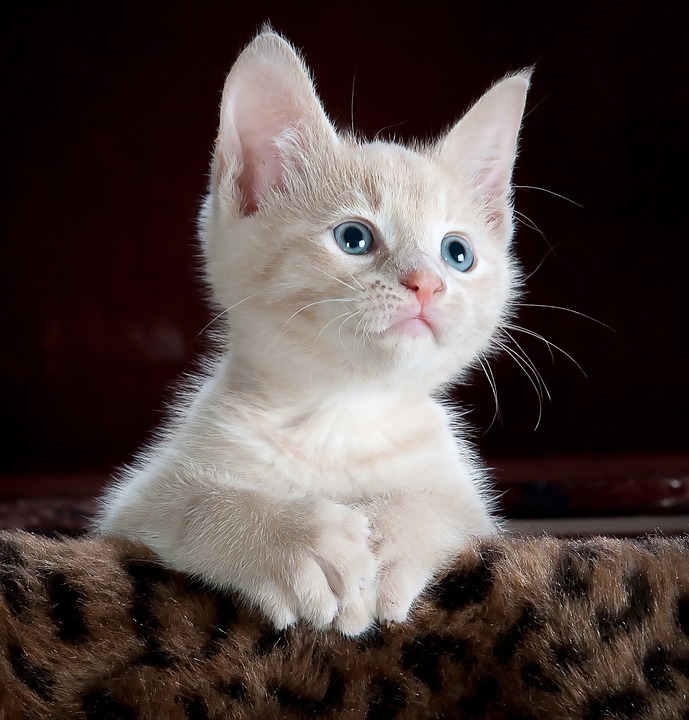Cats are known for their independent and sometimes mysterious nature, making it imperative for cat owners to be vigilant when it comes to their health. One common health issue that can affect cats is urinary tract obstruction. This condition can be painful and potentially life-threatening if not recognized and addressed promptly. In this article, we will explore the signs of urinary tract obstruction in cats and provide essential information on how to effectively address this condition.
Urinary tract obstruction occurs when there is a blockage in the urinary system, preventing the normal flow of urine. This blockage can occur in any part of the urinary tract, including the urethra, bladder, ureters, or kidneys. Male cats are more prone to urinary tract obstructions due to their narrow urethra, but it can also occur in females. Common causes of obstruction include urinary stones, mucus plugs, or urethral strictures.
Recognizing the signs of urinary tract obstruction is crucial in ensuring timely intervention. Here are some common signs to watch out for:
1. Frequent Litter Box Visits: If your cat suddenly starts using the litter box more frequently than usual, it could be a sign of a urinary issue. Pay attention to any changes in their urinary habits, such as producing only small amounts of urine or straining to urinate.
2. Straining to Urinate: Cats with urinary tract obstructions often strain while attempting to urinate. They may squat for extended periods with little to no urine produced. This is a concerning sign that requires immediate attention.
3. Crying or Vocalizing: Cats in pain may vocalize, cry, hiss, or growl while trying to urinate. If your cat displays these signs, it is crucial to seek veterinary care immediately.
4. Blood in Urine: Obstructed cats may have blood in their urine, giving it a pink or reddish appearance. If you notice any discoloration, consult your veterinarian promptly.
5. Lethargy and Loss of Appetite: Obstructed cats may become lethargic, lose interest in food, and display overall weakness. These symptoms often indicate a more severe obstruction and require immediate attention.
If you suspect your cat has a urinary tract obstruction, it is vital to act swiftly. Here are the steps to address the issue effectively:
1. Contact Your Veterinarian: Call your veterinarian immediately and describe your cat’s symptoms. They will provide guidance on the next steps and may advise you to bring your cat in for an examination.
2. Emergency Veterinary Care: In severe cases, your veterinarian may recommend emergency care. This may involve catheterization to remove the blockage or stabilization before further treatment.
3. Diagnostic Testing: Your veterinarian will perform diagnostic tests such as a urinalysis, bloodwork, and imaging to determine the cause and severity of the obstruction. This helps in formulating an appropriate treatment plan.
4. Treatment Options: Treatment for urinary tract obstruction typically involves a combination of approaches, including catheterization, fluid therapy, medications, and dietary changes. Your veterinarian will tailor the treatment plan to your cat’s specific needs.
5. Prevention and Follow-up Care: To help prevent future obstructions, your veterinarian may recommend dietary adjustments, increased water intake, or even surgical intervention. Follow their instructions closely and schedule regular check-ups to monitor your cat’s urinary health.
Now, let’s address some frequently asked questions about urinary tract obstructions in cats:
1. Can female cats develop urinary tract obstructions?
Yes, although less common, female cats can also develop urinary tract obstructions.
2. Are urinary tract obstructions life-threatening?
Yes, urinary tract obstructions can be life-threatening if not promptly addressed. Seek veterinary care immediately if you suspect an obstruction.
3. Can a cat’s diet contribute to urinary tract obstructions?
Yes, certain diets can increase the risk of urinary tract obstructions. Consult your veterinarian for appropriate dietary recommendations.
4. How can I encourage my cat to drink more water?
Providing fresh water in multiple locations, using a water fountain, and adding wet food to their diet can help encourage your cat to drink more water.
5. Can stress contribute to urinary tract obstructions?
Yes, stress can contribute to the development of urinary tract obstructions in cats. Minimizing stressors and maintaining a calm environment can help reduce the risk.
Remember, understanding the signs of urinary tract obstruction in cats is vital for their well-being. By promptly recognizing and addressing this condition, you can ensure your feline companion receives the necessary care and lives a healthy, happy life. If you suspect an obstruction, always consult your veterinarian for professional guidance.








